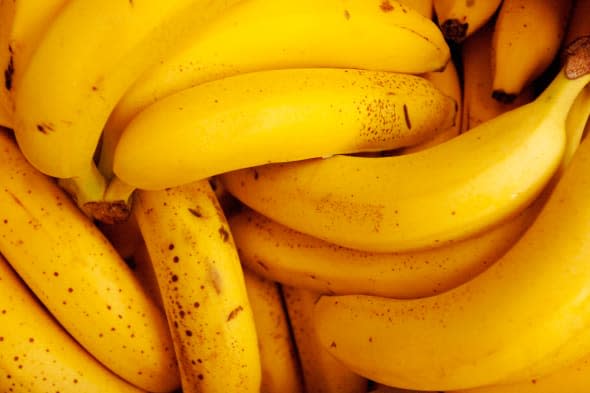Asda charges almost double for bananas in bags

One Asda shopper idly wondered whether he was paying any more for his bananas by buying them bagged rather than loose. He placed them on the scales and made the shocking discovery that his £1 bag would have cost 54p if he'd opted for loose fruit. He videoed his experiment and it has gone viral.
Alan Hudson, a 52-year-old train driver from Tyne & Wear, posted the video on Facebook, where it has been seen more than 2 million times and shared over 30,000 times. He told the Mirror: "That bag had a bright red sticker on it, saying they were a pound. It makes it look like a bargain, when in fact you're getting ripped off by nearly half."
%VIRTUAL-ArticleSidebar-shopping%
The Daily Mail carried out a series of random tests on other fruit and vegetables in various supermarkets and found one £1 bag of onions which would have cost 30p loose at a branch of Tesco in Eastville in Bristol, while another bag of £1 bananas would have cost 59p loose.
Asda told the newspapers that the extra cost was due to the fact that the fruit in bags was ripened for a little longer, and because putting them into the bags cost the business money.
It added that most of the bananas it sold were loose, and that prices in the stores were clear, so people could make comparisons themselves.
Article continues below

Not unusual
This kind of thing is not unusual. Phillip Adcock, managing director of SBXL and author of Shopology, The Science of Supermarket Shopping, told AOL that it was no accident that supermarkets use big red stickers showing round prices.
He says that we are evolved to respond to colour, because our ancestors had to be able to distinguish between the berries they could eat and those that would kill them. It means that we see a big red sign and we are pre-programmed to assume it is telling us something important. Often this means we simply add the product to the basket without thinking it through.
The trick, he says, is to stop at the big red sign, and then do the maths to find out whether it's good value. This means comparing brands and pack sizes, and may also mean taking a calculator into the shop. One approach he recommends is to carry your receipt from the last time you did the weekly shop, so you have a quick guide as to whether the special offers and promotions actually constitute a good saving for you.
Supermarket stories on AOL
Morrisons takes on the budget players: price-matching Aldi and Lidl
Does Lidl drive up property prices?
Britain's daftest supermarket deals



